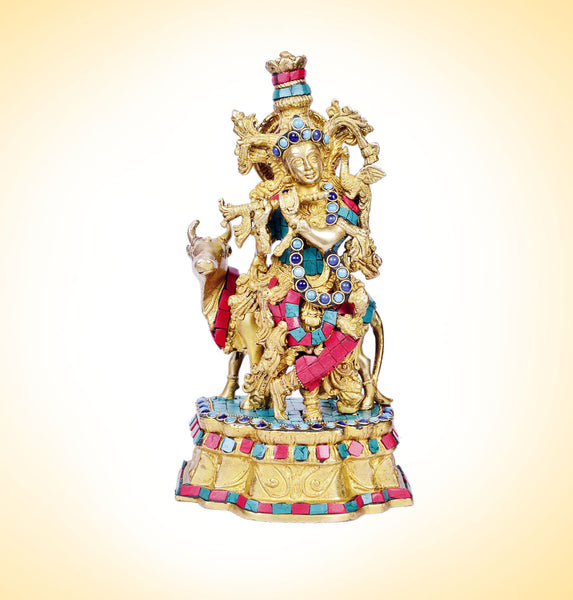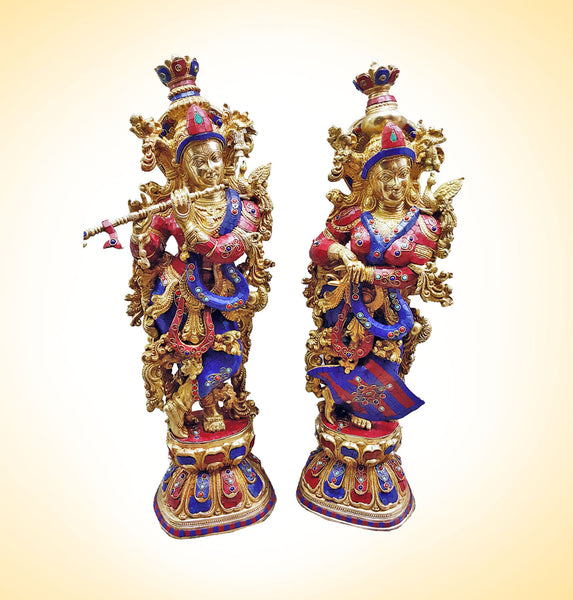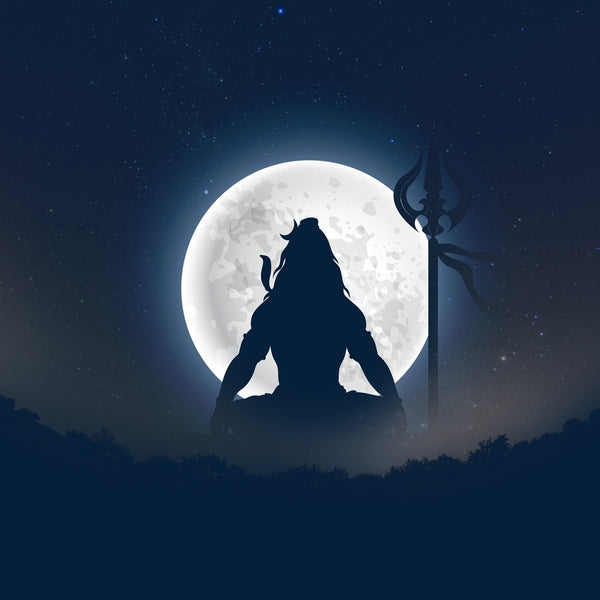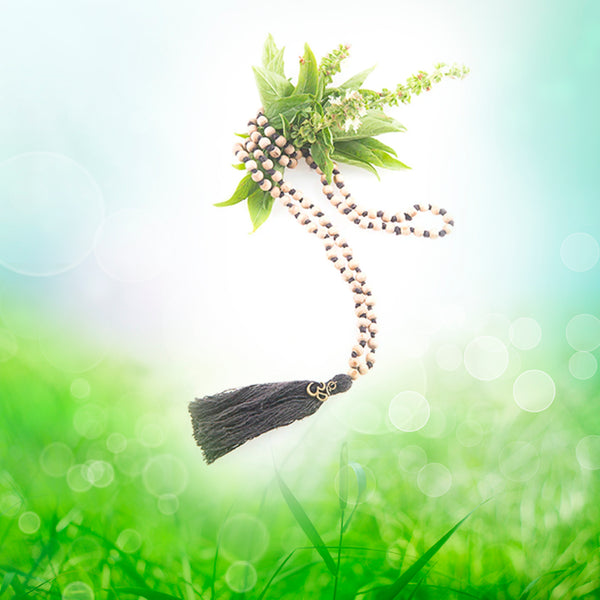When the scorching April sun starts warming up the days, the Kani Konna blossoms and the scent of, ripe mangoes fill the air, shades of yellow scattered everywhere; you know it’s that time of the year to prep up for Vishu. When agriculture was the main footing of Kerala, both Vishu and Onam marked the onset and finale of harvest seasons. Cultivation cannot be considered a mainstay of Kerala anymore although there are some quiet suburbs away from the hustle and bustle with a bunch of farmers struggling to make their ends meet. These villages still uphold the true value and spirit of the festivals and celebrate them the old fashioned way, while the cities prefer to celebrate Vishu watching TV glued to their couches or spending time shopping in malls. Irrespective of all these quibbling the festival and some of its rituals have evolved over time.
Science of Vishu
As a festival that brings with it a hope of abundance Vishu has more scientific significance than just religious. Vishu is celebrated in Kerala in the month of Medam according to the Malayalam calendar i.e. the second week of April during the 14th or 15th day. It marks the astrological New Year of the Malayalis and indicates the movement or transit of the sun to Aries or the Mesha Rashi which is also the time of spring equinox. During this span of the year, the sun is at its zenith making the duration of the day equal to the duration of the night. It’s that time of the year where the farmers begin the plowing of land and other agricultural activities.
Tale of Vishu
There are several mythological tales related to the celebration of Vishu, and one such story is that Lord Krishna killed the demon Narakasura on this day. Another interesting folklore is that Ravana demon king, never allowed the Sun God to rise from the east. It was on the day of Vishu, after Lord Rama killed Ravana, the sun god started to rise from the east. From then on Vishu is celebrated with great zeal.
The festival of good beginnings.
In every culture there is an emphasis on good foundation and getting off to a good start for everything we do. According to the age-old belief of Malayalees, an auspicious kani (The first sight or that which is seen first) at the crack of dawn on the day of Vishu would prove lucky for the entire year. Hence, the Vishukani is prepared with a lot of care to make it the most positive sight promising a wonderful and prosperous new year! As an indivisible element of Vishu, the responsibility to prepare the kani in order falls on the experienced shoulders usually the eldest lady of the house.
According to the belief;
The Kani is the tangible representation that unite the Prakruti and Purusha. The Uruli is Prakruti or Prapancha. Occupying it fully is the Sree Krishna, who is the Paramatma. Kanikkonna is His crown, Kanivellari is His face, coconut lamps are the eyes, Valkannadi is the mind, the Grandham is the word and the Kaineetam is the blessing of Prakruti, Shakthi, Devi, the Dhana- Lakshmi.
After preparing the Kani on the previous eve of Vishu, the eldest lady of the house wakes up before the sun rises above the eastern horizon. Keeping the eyes closed, she lights up the lamps, with prayers on lips. After her 'Kanikanal', she wakes up other family members one by one and guides them to see the Kani in the Pooja Room. Finally she brings the children keeping their eyes covered by hand or a cloth to prevent them from opening the eyes and see anything else before seeing the divine kani.
After the human beings, it is the turn of the plants, animals and all things movable and immovable. The Kani Uruli is taken outside to show them and finally around the house three times.
Vishukkani is also arranged in temples. The temples of Guruvayoor, Sabarimala and Kulathupuzha, Ambalapuzha are famous for the Vishu celebrations and Vishukkani sighting.
The other highlights!
Being the festival of Kaineetam and colourful fireworks, Vishu undoubtedly occupies a special place in the hearts of the Children. On the Vishu day, after sighting the Vishukkani, the elder person in a family hands out money to the younger members of the family which is called the Vishu Kaineettam. Traditionally a Kaineetam consists of coins with Konna flowers, rice and the gold coin from the Uruli. The gold and the rice are then returned to the Uruli.
Vishu Sadya and Padakkam are the next highlights of Vishu.
Sadya (Feast) is a major part of any celebration in Kerala. Vishu is considered a day of feasting and a lot of delicious items are prepared as part of Vishu, including variety of sweets and Payasams. Crackers and lights are also an important part of the celebration.
Leave a comment
Comments will be approved before showing up.








